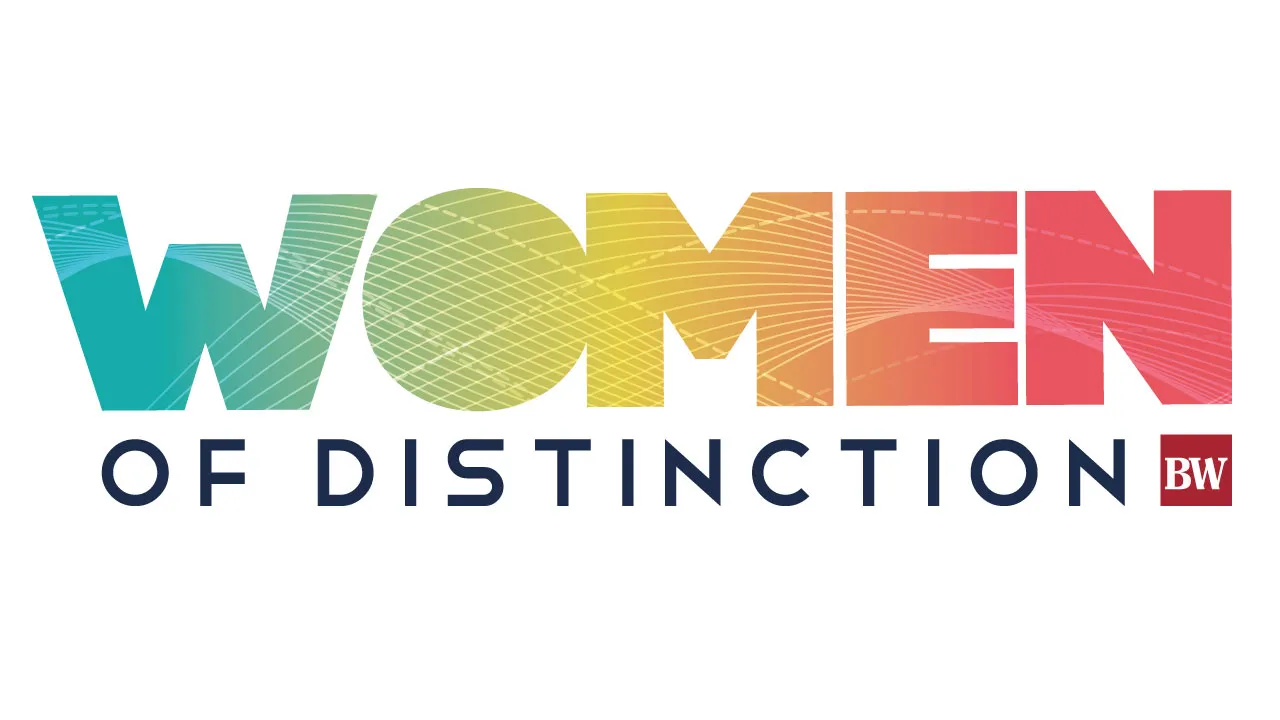Women face speed bumps en route to business success

Rosie the Riveter encouraged women to head to the factories and shipyards during World War II, but if she were pictured on posters today, she’d have to show more than biceps to break through the limiting factors female entrepreneurs and business professionals encounter.
The statistics of women-owned businesses only begin to tell part of the story of the modern Rosie.
In 2017, 1.1 million employer firms were owned by women, according to the U.S. Census Bureau’s 2018 Annual Business Survey released in May of this year. Also using numbers from 2017, the National Association of…
THIS ARTICLE IS FOR SUBSCRIBERS ONLY
Continue reading for less than $3 per week!
Get a month of award-winning local business news, trends and insights
Access award-winning content today!

